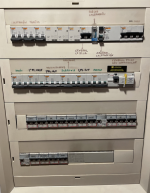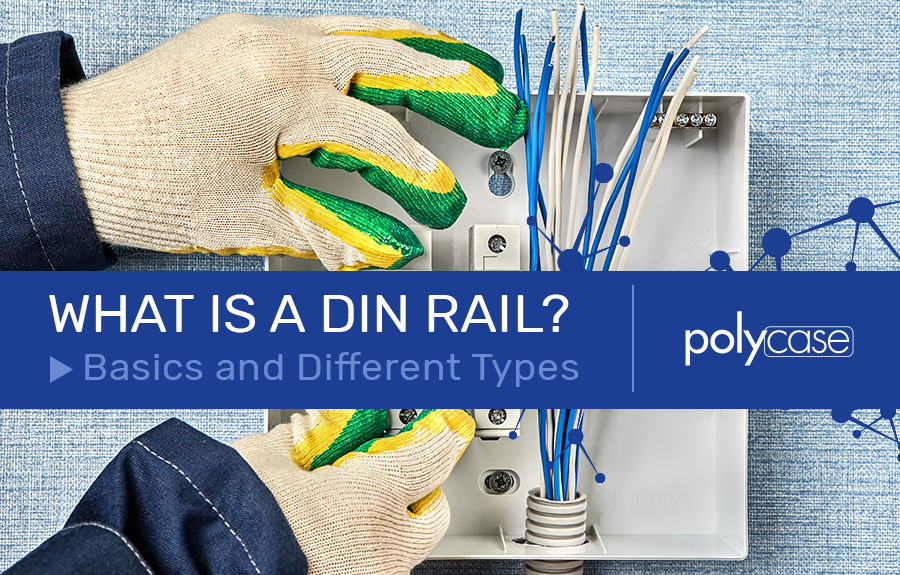Nutmegger
Senior Member
- Location
- Fairfield County, Connecticut
As y'all know (probably), what they use for breakers in most of the rest of the world are so-called MCB's (breakers by another name) mounted to a "DIN Rail".
A clever system that allows to stuff a panel with much more than just breakers, AFCI/GFCI's and surge protectors; You can have a timer module, overvoltage/undervoltage cutoff modules, even modules that would detect a broken utility neutral and cut the power (a great feature for a 3-phase and a neutral system) etc. etc.
I don't see us adapting it anytime soon, but more and more I see UL listed DIN rail MCB's sold online in the US. Even saw an 120V rated 30 mA GFCI (They don't do 5 mA over in Europe, apparently). Still, 120V rated, UL listed, apparently for the North American market.
So, my question is, why would they even be needed here??
A clever system that allows to stuff a panel with much more than just breakers, AFCI/GFCI's and surge protectors; You can have a timer module, overvoltage/undervoltage cutoff modules, even modules that would detect a broken utility neutral and cut the power (a great feature for a 3-phase and a neutral system) etc. etc.
I don't see us adapting it anytime soon, but more and more I see UL listed DIN rail MCB's sold online in the US. Even saw an 120V rated 30 mA GFCI (They don't do 5 mA over in Europe, apparently). Still, 120V rated, UL listed, apparently for the North American market.
So, my question is, why would they even be needed here??
Last edited:


